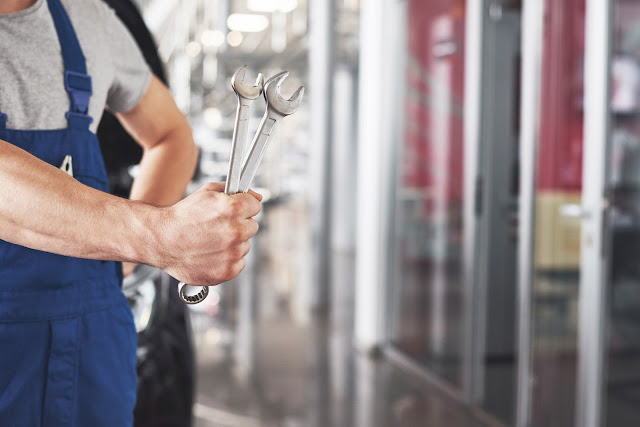How to Move Large Slabs Without Cracks or Breaks
Moving large stone slabs is one of the most critical stages in any stone fabrication or installation project. Whether it’s granite, quartz, or marble, one wrong move can result in cracks, chips, or complete breakage — wasting expensive material and risking injury. Proper handling not only protects the slab but ensures a smooth workflow from the shop to the site.
In this blog, we’ll guide you through the best practices, tools, and techniques for moving large slabs without causing damage. If you’re a contractor, fabricator, or installer, this is a must-read for getting the job done safely and efficiently.
1. Always Use the Right Material Handling Equipment
The first rule of moving large slabs is to avoid manual lifting. Stone is heavy, awkward, and fragile, especially in long, thin formats. Investing in professional-grade material handling equipment in Dallas like slab carts, A-frames, and lifters is key to ensuring safe transport.
Look for equipment that provides:
- Even weight distribution
- Padded support to reduce vibration
- Locking mechanisms to prevent shifting
Even short-distance moves should be done with the help of these tools to eliminate the risk of fractures.
2. Inspect the Slab Before Handling
Before moving any slab, inspect it closely for existing cracks, fissures, or weak spots. Mark any areas of concern so that the team can lift with extra care. Stone may look solid, but natural veins or previous cuts can be points of vulnerability.
Pro Tip: If you spot small cracks or chips, reinforce the area temporarily with a black wax bar or tape before transport.
3. Lift Vertically — Never Flat
Slabs should always be lifted and transported vertically. Carrying them flat puts stress on the center of the slab, increasing the chance of cracking. Use clamps or suction lifters to raise the slab upright and move it safely to its destination.
Support frames and dollies should also hold the slab vertically throughout the process. This is a golden rule in professional stone fabrication.
4. Protect the Surface with Proper Padding
Every contact point — whether it’s a dolly, truck bed, or wall — should be padded. This prevents chips and scratches during loading and unloading. Use foam, rubber, or felt pads wherever the stone will rest.
Also, if you’re planning to cut or polish the slab later, prep the surface with Polishing Pads & Sandpaper in Dallas to smooth out potential pressure points before they develop into cracks during transport.
5. Don’t Rush — Use the Right Crew and Plan Ahead
Handling large slabs isn’t a one-person job. Have a trained team in place with clearly defined roles. Plan your movement path ahead of time, ensuring there are no obstacles, narrow doorways, or uneven surfaces.
Even with the best material handling equipment in Dallas, moving too quickly or without coordination can cause costly mistakes.
6. Prepare the Site for Easy Installation
Make sure the installation site is ready before transporting the slab. This reduces the amount of time the slab needs to be held or maneuvered. Fewer movements mean fewer chances for cracks to occur.
Check:
- Level and clean base surfaces
- Accessibility for lifters and clamps
- Sufficient space for safe movement
7. Use Precision Tools for Final Adjustments
Once the slab is in place, final adjustments like edge trimming or hole cutting should be done with high-quality Cutting Tools & Blades in Dallas. These tools are designed to reduce vibrations and minimize stress during cutting.
If you’re core drilling for faucets or plumbing, always use Coring Tools & Accessories Near You to avoid microcracks that can lead to structural failure later.
Final Thoughts: Safe Transport Starts with Smart Planning
Moving a large slab isn’t just about muscle — it’s about strategy. The right gear, careful inspection, and a trained crew are essential to prevent cracks, chips, and accidents. With quality tools like Cutting Tools & Blades in Dallas and thoughtful use of Polishing Pads & Sandpaper in Dallas, your slabs can go from workshop to installation site in perfect condition.
If you’re sourcing stone, tools, or safety gear, check out your local material handling equipment in Dallas suppliers or visit a trusted stone distributor for expert advice.
Your stone deserves a flawless journey. Make every move count.




Comments
Post a Comment